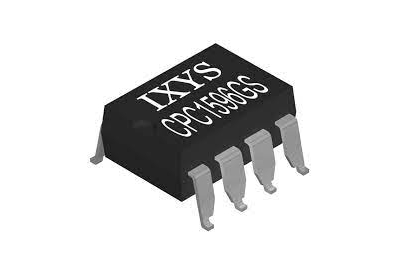Schurter: TTS – Contactless Switch for Hygienic Switching

July 16, 2021
A wide variety of technologies for contactless switching are vying for the favor of developers and buyers. But not everyone is suitable to the same extent. Often, they also send out false signals under certain conditions (e.g., splash water, rain) and this trigger unintentional switching.
The optical technology TOF (Time of Flight) used in the SCHURTER TTS can be programmed individually, with high precision, so that malfunctions are prevented.
Highest reliability
The switch is programmed so that the standard detection distance is 60 to 0.02 mm. This ensures that wiping over or cleaning the switch surface will not trigger a switching signal. SCHURTER TTS switches offer the highest reliability. Since they have no moving parts, their lifetime is more than 20 million switching cycles.
Ring illumination and installation
The visual feedback is ensured by a two-color ring illumination (red/green) in the actuator, whose supply voltage is between 5 and 28 VDC. The simple installation of the TTS, which is fixed by means of a nut, and an anti-twist protection allow a maximum easy replacement.
Areas of application
The new TTS non-contact switch can be used for a wide range of applications. It is suitable in public areas, for example for vending machines, parking systems or in sanitary areas to avoid any contact by hand. However, the detection distance can also be set so that the switch can be used as a photoelectric barrier for certain applications, this opening up a new field of application.
Unique Selling Proposition
- – Variable supply voltage
- – High reliability
- – Wiping and cleaning the surface does not trigger a switching operation



